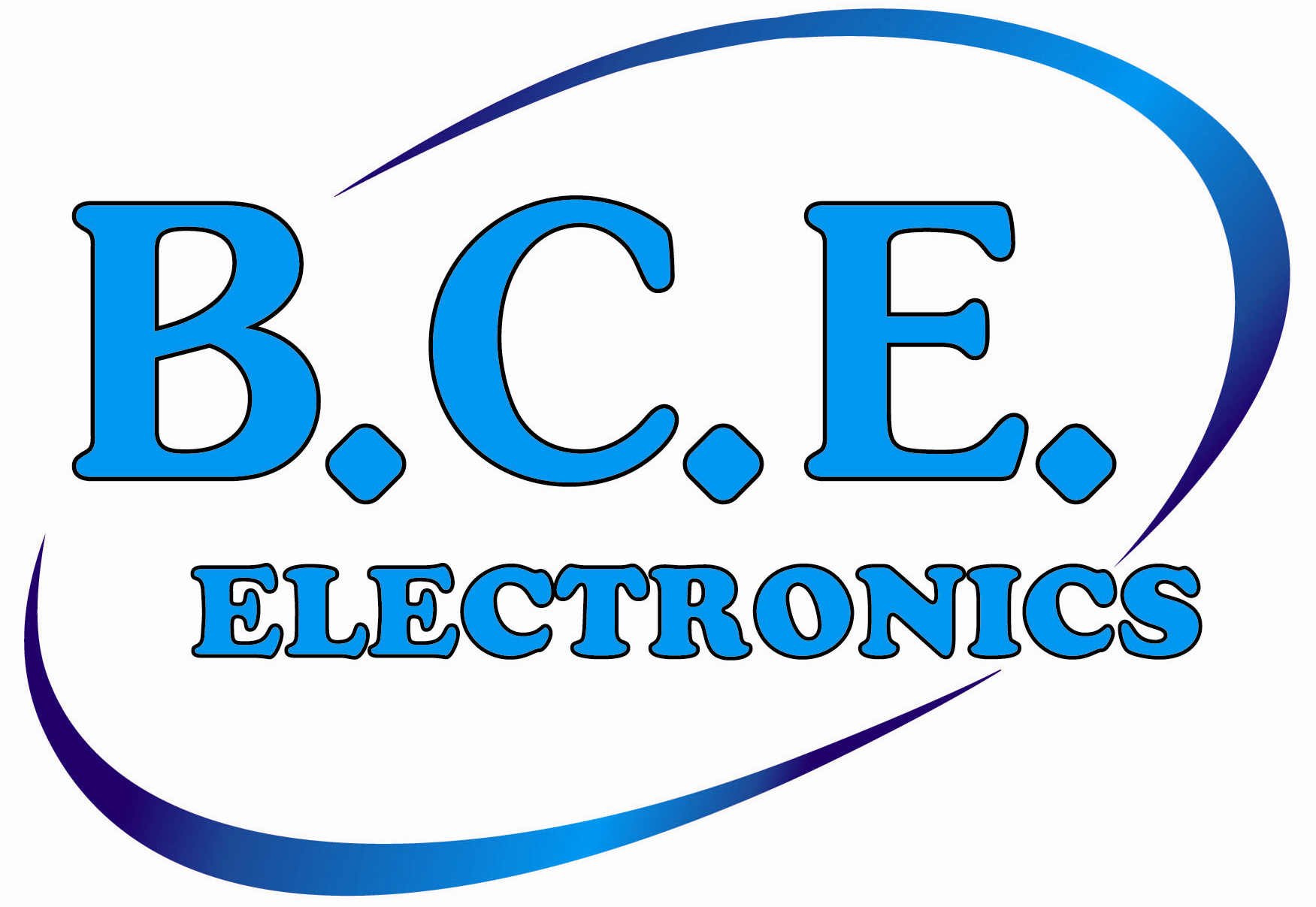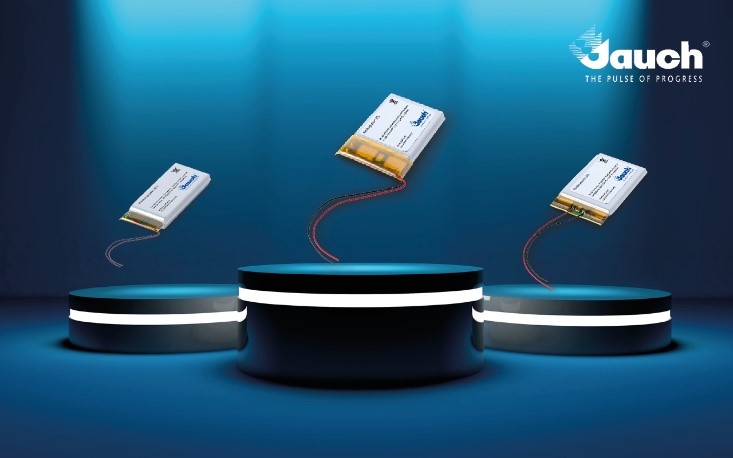3 x 3 facts about our extremely flexible lithium polymer batteries
Lithium batteries is a term on everyone’s lips. But what exactly is the difference between lithium polymer batteries and lithium ion batteries? And what are their typical areas of application? We intend to address these issues in our forthcoming newsletters.
The rule of thumb is as follows: Lithium polymer batteries work in the same way as lithium ion batteries. It’s their design that makes the difference: Lithium ion batteries come in a solid steel housing. A plastic-coated aluminum foil is used for lithium polymer batteries. It goes without saying that this results in very varied technical properties and potential applications. In today’s newsletter, the focus is on lithium polymer batteries:
3 technical features:
- Wide range of sizes: The absence of any housing means that very thin cells can be produced in particular. Customized dimensions are easy to deliver.
- Voltage 3.6 V
- Protective electronics mean that overcharging of the cell is impossible
3 typical areas of application:
- Medical devices
- Tracking applications
- Automotive and IoT
3 special features:
- High energy density
- Flexible sizes, very flat designs with large dimensions can be achieved
- Durable
#WeAreJauch #BatteryTechnology



















